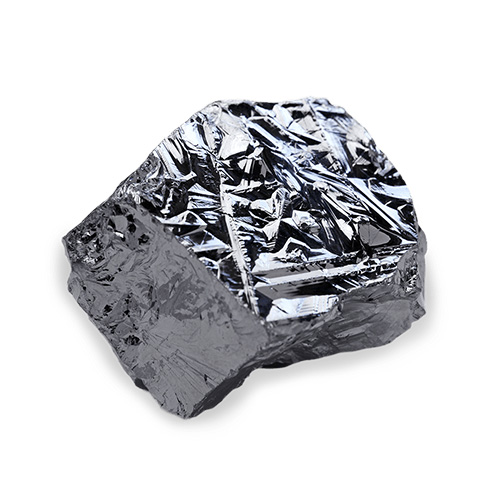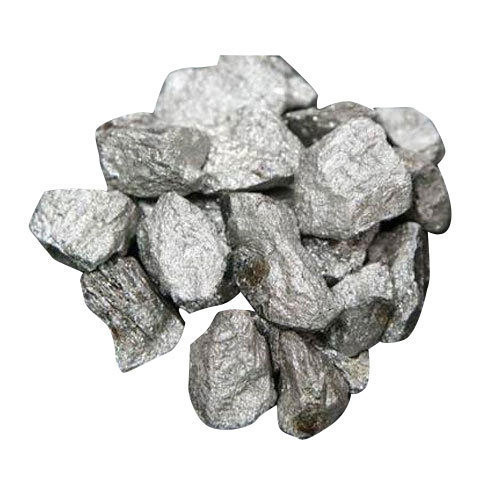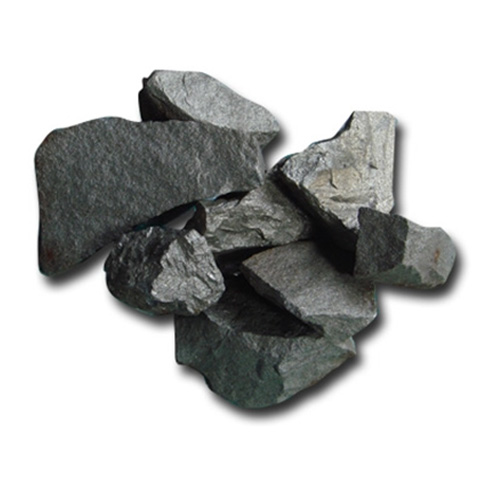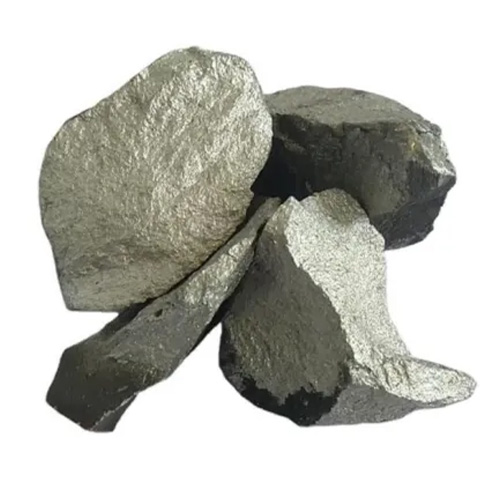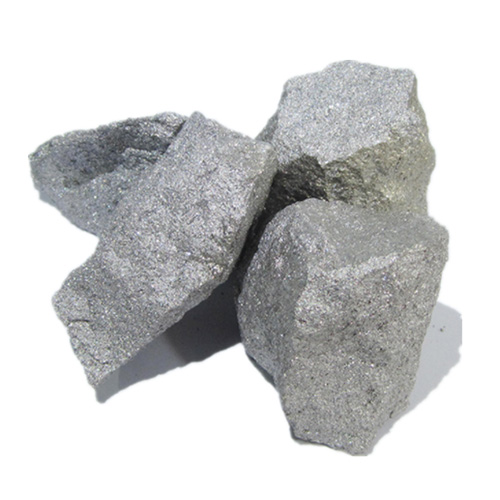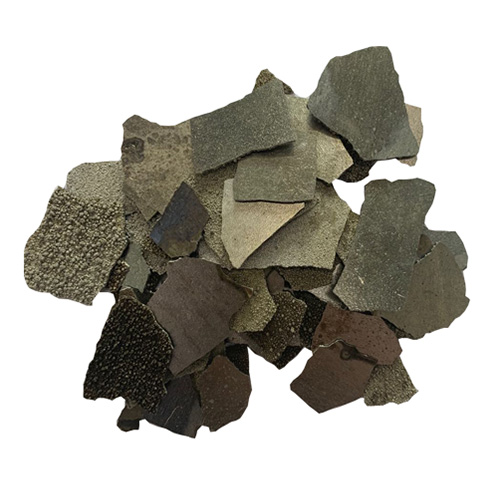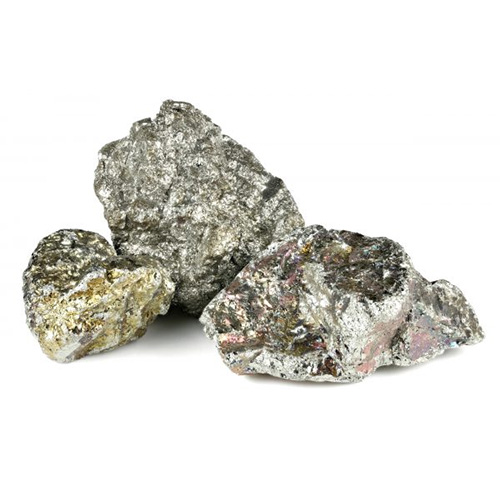Commodities
NGI is active in the global markets for Metals and Noble ferroalloys. The products that NGI trades, move, finances are used in a wide range of industries such automotive, electronics, constructions, aerospace, consumer products and infrastructures.
Molybdenum
Molybdenum is one of the hardest transition metals. it is the essential element of tanks and strong steel structures.
Molybdenum steel is the secret behind skyscrapers, giant bridges, and tanks, and it is the reason why engines, drills, furnaces, and turbines stay compact even at temperatures that would melt other metals. A tiny amount of molybdenum is enough to make the steel more resistant to rust and wear, making it one of the most popular stainless steels today.
Ferro Vanadium
Ferro Vanadium besides taking care of our health, vanadium is the undisputed protagonist of steel production and chemistry
The name Vanadium was assigned to the mineral by a Swedish chemist who found a mysterious element in a piece of cast iron and named it Vanadium, from Vanadis, name of the Scandinavian goddess of beauty and love. Vanadium is not used alone but a small dose is added to steel to make it stainless and more resistant to shocks and vibrations: fundamental for jet engines, electric tools, and armors. Vanadium compounds are useful catalysts in chemical reactions, that is, they help different elements to react together without being consumed.
Chrome-Vanadium steel items are found in many homes and garages, for example in the metal parts of tools such as pliers.
Ferro Titanium
Titanium’s rare combination of super strength and lightness makes it in high demand for building rugged objects such as aircraft parts.
Extracting Titanium from rocks and minerals presents some difficulties, but it is worth it for its rare combination of lightness and strength. it is as strong as steel, but much lighter: a Titanium bar weighs half as much as an iron bar of the same size! so why don’t we see Titanium bridges, cars and skyscrapers all around us? All because of its chemical properties. To separate it from the elements to which it is joined, in rocks and minerals it takes a great deal of energy, and this makes it much more expensive than iron and steel. When combined with other metals, Titanium makes them more resistant to corrosion. for example, ships and submarines whose hulls are made of Titanium alloy can remain underwater for years without rusting.
Ferro Tungsten
This exceptional metal is the basis of the world’s strongest alloys, as well as found on the tips of ballpoint pens.
Tungsten is almost three times denser than iron, and therefore three times heavier. a piece of Tungsten the size of a tennis ball would weigh almost 3 kg, more than scrap metal.
In the 19th and 20th centuries Tungsten steel was used to make weapons: today it is still used to make bullets and tanks, but Tungsten alloys and compounds are also found in common objects such as darts and drill bits.
Ferro Chrome
Chrome is the super shiny element of stainless-steel kitchen utensil bumpers. it shines like never before!
A very thin layer of Chromium can be added to almost any metal object to make it shine like a mirror, in a process called Chromium plating. Chromium can also be combined with other metals to make alloys, the best known of which is stainless steel. It was discovered by an expert metalworker, Harry Brearley, who tried adding various amounts of Chromium to steel until he found the one that wore out the least quickly. Brearley noticed that the alloy containing more Chromium was not corroded by rainwater or acids. Stainless steel is used all over the world.
Manganese Metal
Manganese is an important steel both for our bodies and for the world around us. Since our organs are unable to store it, we need to take a daily dose to stay healthy.
Manganese, found in rocks and soil, is one of the five most common metals on the planet, as well as being cheap to extract. Manganese reacts easily with other elements. At the moment, most of this metal is used to make steel. Indirectly, it is used to remove oxygen and Sulphur atoms from steel. Manganese makes the aluminum in the cans we drink stiffer and stronger.
Manganese steel is strong and resists damage from chafing or grinding well, which explains its presence in concrete mixers, crushers and railroad tracks.
Silicon Metal
Human history has often been defined by the materials that produced a change in technology: the stone age, the bronze age, the iron age. Are we by any chance living in the Silicon age?
Silicon is the second most abundant element on earth. Much of the earth’s crust is made of rock containing this semi-metal, and the sand on the beaches and in the soil is made mostly of tiny fragments of Silicon dioxide, or Silica. Humans have devised hundreds of ways to exploit this readily available element. Silicon is an important component of alloys, concrete, cement, and bricks used to build buildings, bridges, dams and roads.
Ferro Niobium
With Niobium you can make rainbow jewelry, but it becomes even more spectacular when combined with other metals.
The addition of Niobium to stainless steel makes its welds stronger, and the addition of Niobium to Zirconium prevents the latter from being damaged by chemicals. Niobium alloys and superalloys have all kinds of high-tech applications, from cutting tools and electronics to tools for synthesizing chemicals. Niobium-Titanium alloys form the core of the world’s most powerful magnets, valuable to researchers and doctors.
Adding Niobium to an alloy helps other metals better resist heat. that’s why Niobium alloys are found in the nozzles of rocket engines, from which hot exhaust fumes escape.
Magnesium Metal
From the microbe to the whale, almost every living thing needs Magnesium.
Magnesium compounds are used to make heat-resistant bricks, fertilizers, livestock feed, plastics and other chemicals. Pure Magnesium is also extremely useful. Strong and light, it is neither toxic like Beryllium nor reactive like alkali metals. Magnesium is used in alloys with Aluminum to build the body of vehicles that must be both strong and light, such as racing cars, airplanes and electric vehicles. Magnesium is also being used to make the batteries of the future, because it is cheaper than Lithium and easier to recycle.
SPECIAL REQUIREMENTS
For special requirements or different needs talk to us for further information on our products availability

